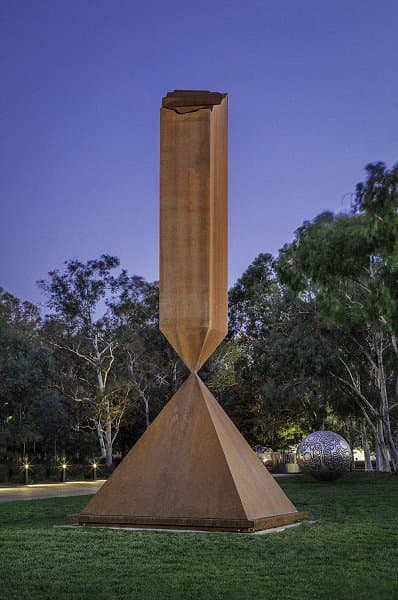- Overview
- Themes
- Works
-
Artists
- Albers Josef
- Andre Carl
- Arakawa
- Arneson Robert
- Baer Jo
- Baldessari John
- Bourgeois Louise
- Calder Alexander
- Castoro Rosemarie
- Close Chuck
- Cornell Joseph
- de Kooning Willem
- Flack Audrey
- Flavin Dan
- Frankenthaler Helen
- Gertsch Franz
- Gilhooly David
- Glarner Fritz
- Goldin Nan
- Gorky Arshile
- Guston Philip
- Held Al
- Hesse Eva
- Hofmann Hans
- Johns Jasper
- Judd Donald
- Kelly Ellsworth
- Kienholz Edward
- Krasner Lee
- Levine Marilyn
- Lewitt Sol
- Lichtenstein Roy
- Louis Morris
- Man Ray
- Mapplethorpe Robert
- Martin Agnes
- Morris Robert
- Motherwell Robert
- Nauman Bruce
- Newman Barnett
- Noland Kenneth
- Oldenburg Claes
- Ono Yoko
- Pollock Jackson
- Rauschenberg Robert
- Reinhardt Ad
- Resnick Milton
- Rothko Mark
- Ryman Robert
- Samaras Lucas
- Schueler Jon
- Shapiro Joel
- Sherman Cindy
- Smith David
- Smithson Robert
- Sonfist Alan
- Sonnier Keith
- Stackhouse Robert
- Stella Frank
- Still Clyfford
- Turrell James
- Warhol Andy
- Wilson Robert
- Tours
- Events
Barnett Newman
Barnett Newman’s Broken Obelisk 1963/67 is powerfully symbolic and acutely political. The monumental sculpture combines the qualities of ancient forms with the geometry of modern architecture and materials. The genesis of the work is traceable through, and runs parallel to, Newman’s painting practice; it is, moreover, closely entwined with his small but impressive sculptural output. The artist’s first three-dimensional work, Here I 1950, forecasts the emphatic vertically of his forms while his final sculptures, Zim Zum I and Zim Zum II 1969, suggest mystic, all-enveloping spaces that expand beyond human scale towards the architectural.[i] Although Newman himself differentiated between the ‘planar’ and ‘volumetric’ problems of his work, he wanted both his paintings and sculpture to ‘give the onlooker a sense of place, a sense of being there’.[ii]
Lucina Ward
[i] Here I (Menil Collection, Houston), Zim Zum I (San Francisco Museum of Modern Art) and Zim Zum II (Kunstsammlung Nordrhein-Westfalen, Dusseldorf).
[ii] Newman, as he stated in a 1966 interview with Washington Post critic Andrew Hudson, considered the elements of his practice quite separately: ‘I do not consider my sculpture to be a three-dimensional equivalent of my paintings. I think the problems are altogether different. Painting is a planar art. Sculpture involves for me the problem of volume. But I hope that both the sculpture and the painting give the onlooker a sense of place, a sense of being there’. Barnett Newman, Barnett Newman: Selected writings and interviews, University of California Press, Berkeley, 1992, p 273.
See more works by this artist in the NGA collection
 Barnett Newman
Broken obelisk
1963/67 / 2005
© 2018 The Barnett Newman Foundation, New York/ARS, New York/Copyright Agency
The Barnett Newman Foundation
Learn more
Barnett Newman
Broken obelisk
1963/67 / 2005
© 2018 The Barnett Newman Foundation, New York/ARS, New York/Copyright Agency
The Barnett Newman Foundation
Learn more


